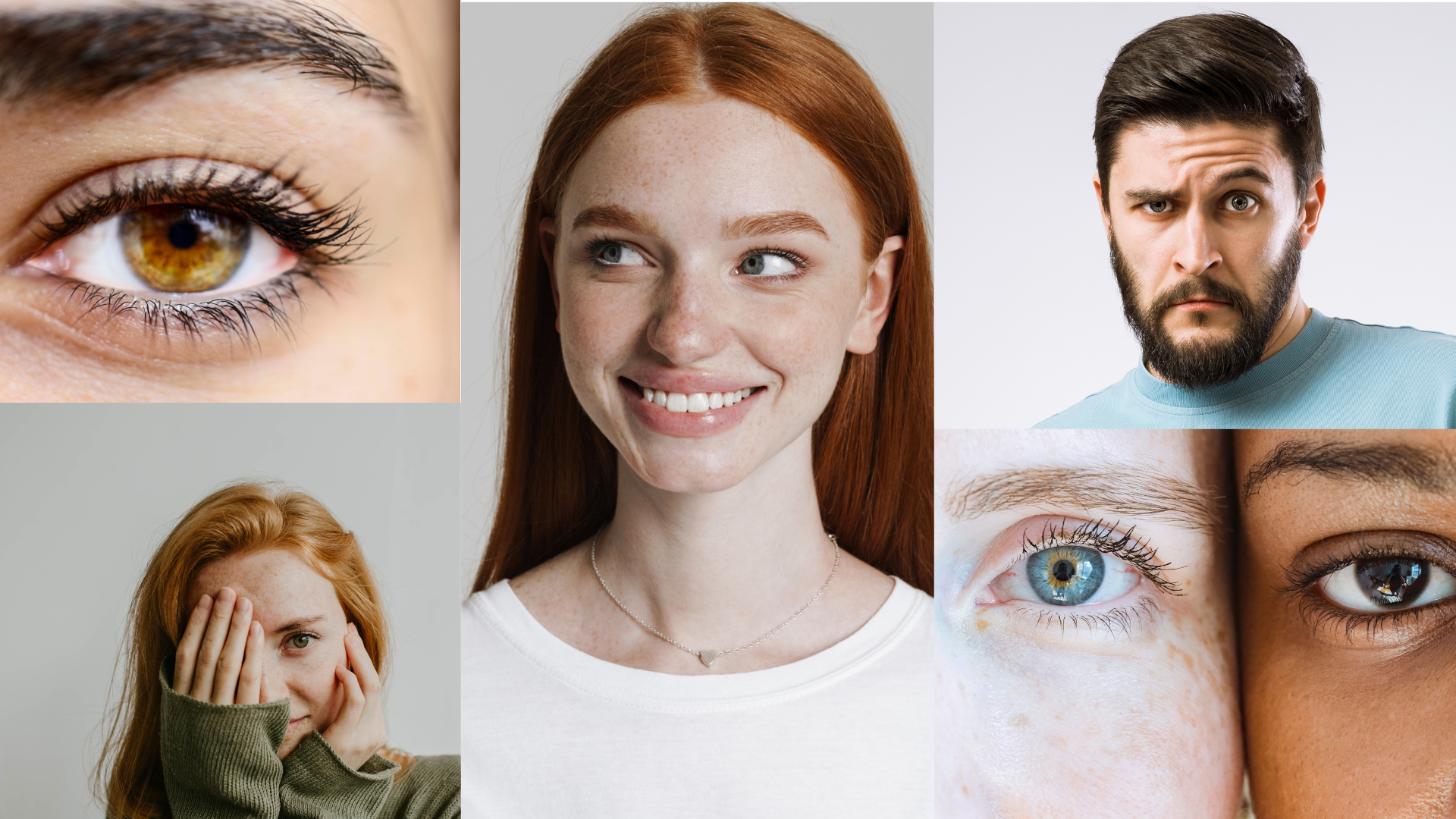
"Windows to the Soul: Unveiling the Secrets of Eyes and Eyebrows in Design and Filmed Presentations"
Eyes and eyebrows, as expressive facial features, offer designers and presenters a window into human emotions and communication in both graphic design and filmed presentations. They are the gateways to the soul, capable of conveying a wide range of feelings and messages through subtle shifts in position and expression. In graphic design, harnessing the power of eyes and eyebrows can significantly impact the effectiveness and impact of visual communication. Similarly, in filmed presentations, effective use of eye contact and eyebrow movements can engage the audience and enhance the speaker’s message.
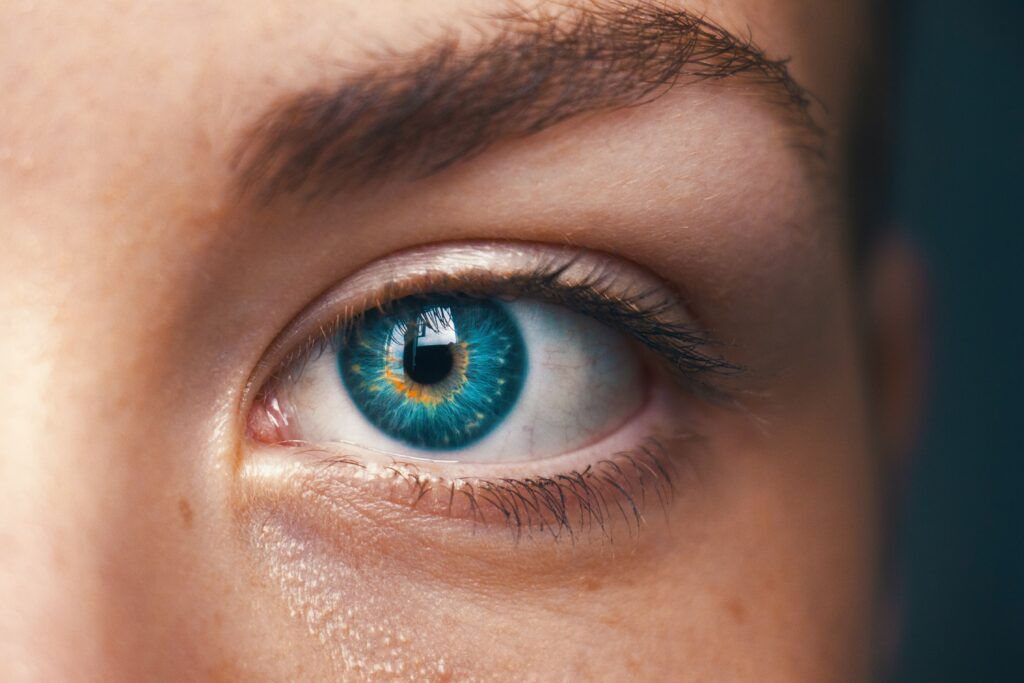
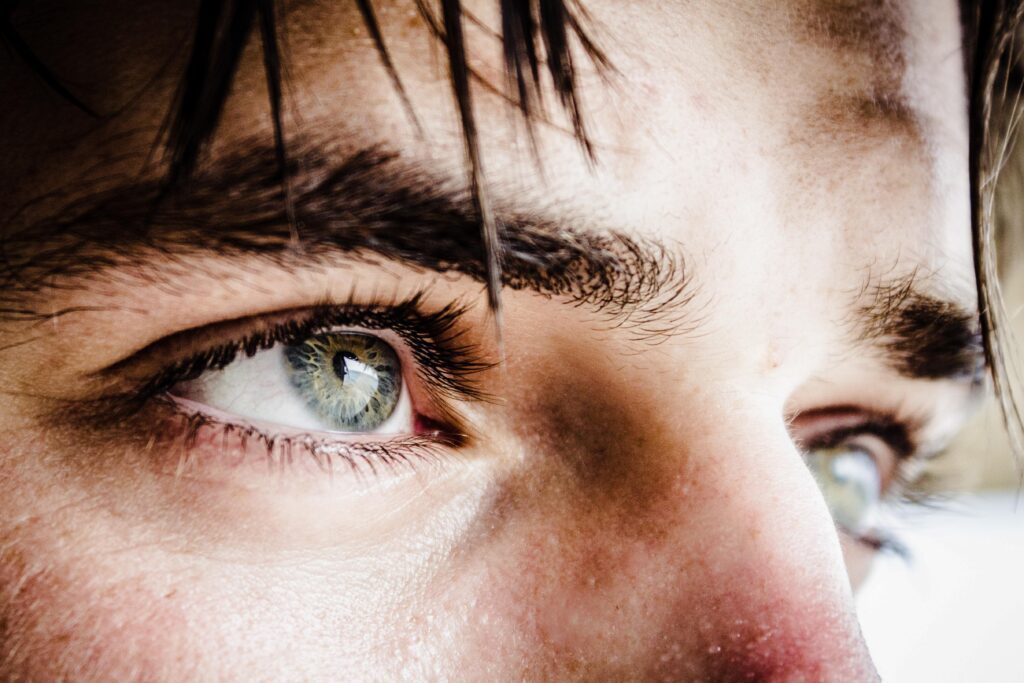
When it comes to characters and illustrations in print graphic design, the eyes play a pivotal role in revealing the personality and emotions of the subject. Widely open eyes might signify surprise or excitement, while narrowed eyes could suggest suspicion or concentration. By thoughtfully manipulating the shape and position of eyes, designers can craft characters with depth and evoke empathy from the audience. Similarly, in filmed presentations, effective use of eye expressions can convey the speaker’s emotions, add authenticity to their delivery, and build rapport with the audience.
The eyebrows, often underestimated, can dramatically influence the perceived mood of a character or design in print. Raised eyebrows can convey surprise, concern, or curiosity, while furrowed eyebrows may indicate anger or concentration. Combinations of eye expressions and eyebrow positions can create complex emotions and convey nuanced messages. In filmed presentations, presenters can use eyebrow movements to emphasize certain points, show enthusiasm, or signal transitions between topics.
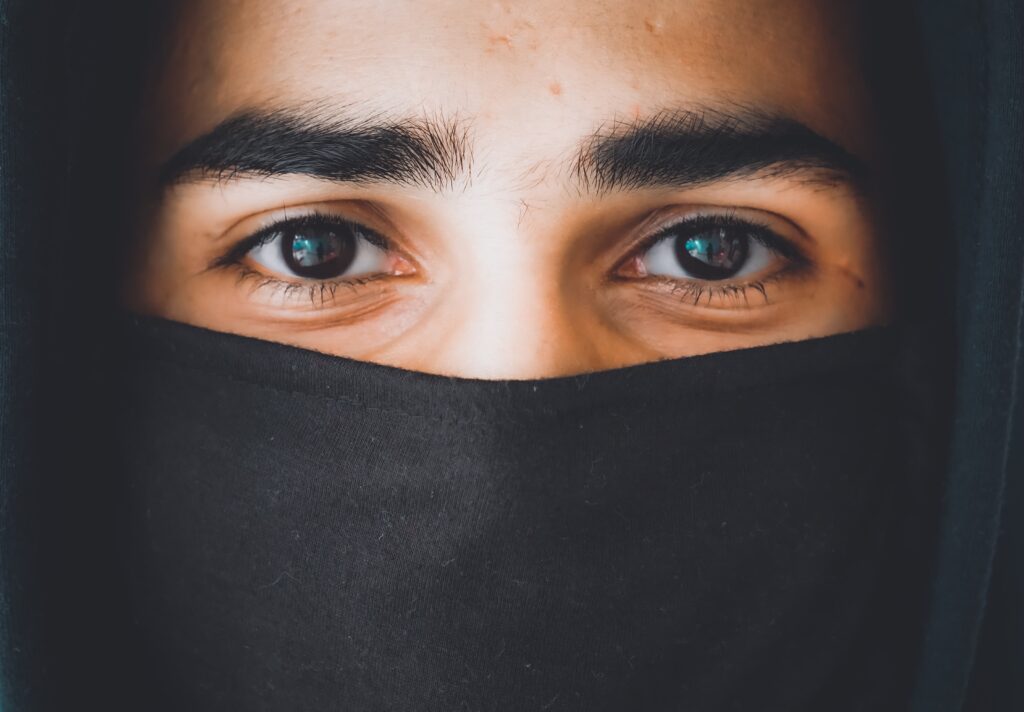
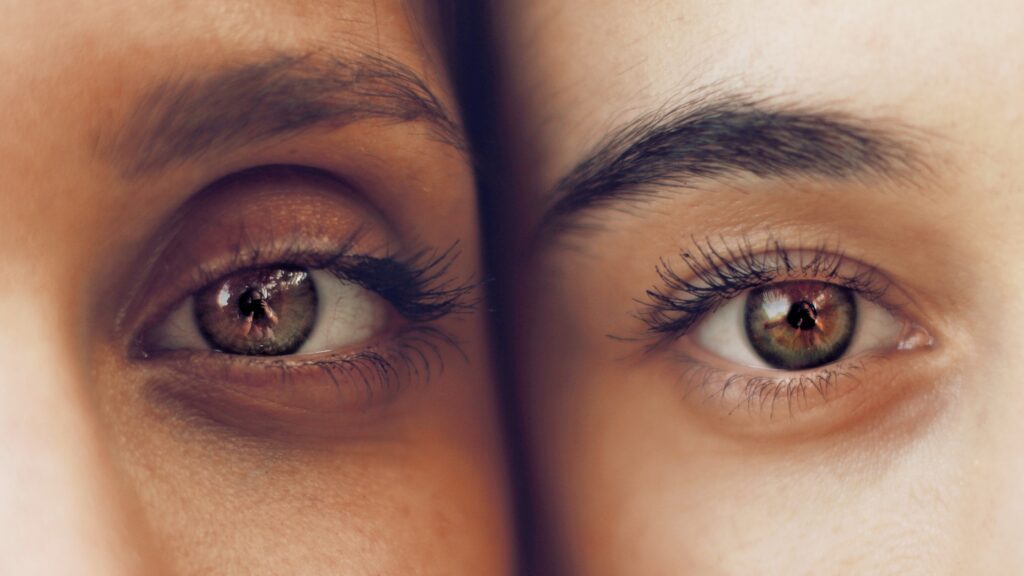
In addition to character design, the use of eyes and eyebrows in branding and logo design is especially significant in print. Brands may choose to incorporate stylized eyes or eyebrows in their logos to add a touch of humanity and create a sense of approachability and trust. Similarly, in filmed presentations, presenters can use eye contact to create a sense of connection with the audience, establish credibility, and maintain engagement.
Moreover, the concept of the “gaze” is an essential aspect of visual communication in both graphic design and filmed presentations. In designs where characters or subjects are looking directly at the audience, the viewer is more likely to engage and connect with the content. This technique can be particularly effective in advertising and marketing campaigns in print and in filmed presentations, where creating a personal connection with the consumer is crucial.
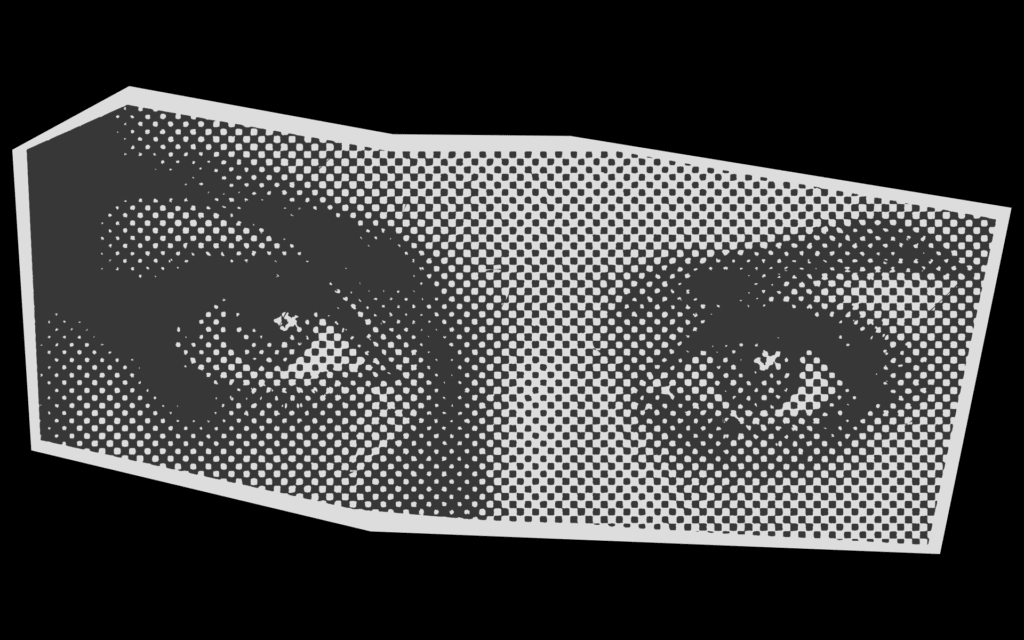
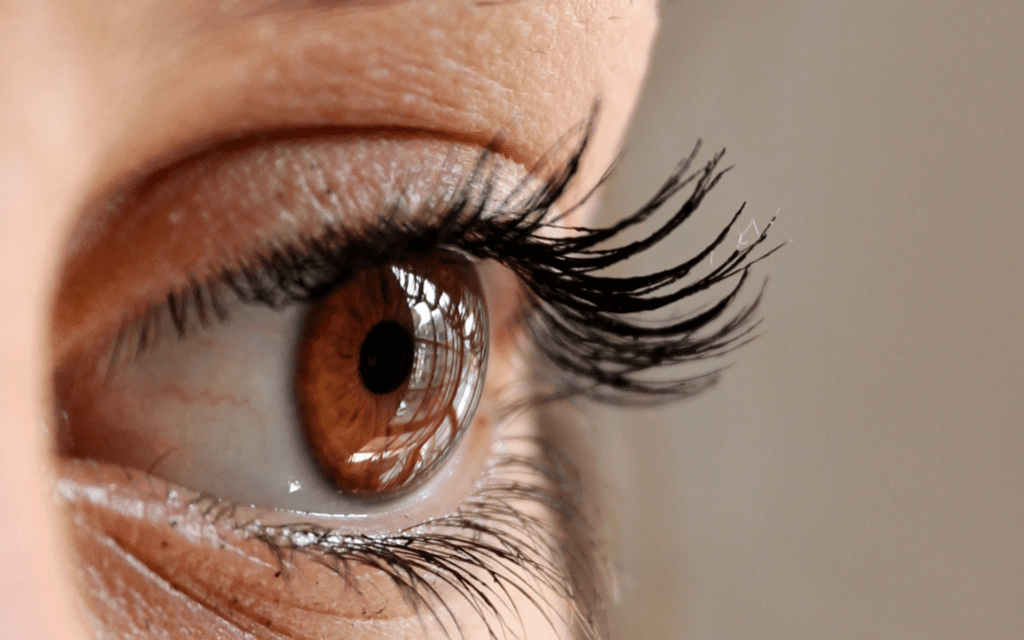
The choice of eye color, shape, and size can also influence the overall aesthetic and impact of a design in print. Bright, bold colors might evoke energy and enthusiasm, while muted tones may create a more serene and contemplative mood. In filmed presentations, presenters can use eye contact and expressions to set the tone of their message and create a specific emotional atmosphere.

In conclusion, eyes and eyebrows are potent tools in both graphic design and filmed presentations, enabling designers and presenters to communicate emotions, establish connections, and evoke empathy. Through thoughtful manipulation of eye expressions, eyebrow positions, and gaze direction, designers and presenters can create designs and presentations that resonate deeply with their audience, foster authentic connections, and leave a lasting impression.
Categories
Recent Posts
- Maximize Your Reach: Essential Email Marketing Dos and Don’ts for Success July 9, 2024
- Social Media Day 2024 June 30, 2024
- Navigating the World of Social Media Advertising June 20, 2024
- The Power of Visual Content in Marketing April 8, 2024
- Hip Hopper Alert: Easter Bunny Steals the Show with Sunglasses Stunt March 31, 2024
- The Super Bowl Ads 2024 February 12, 2024
- Serving Our Client’s Social Media Platforms Branded Content February 5, 2024
- Days of Future Past January 31, 2024
- The Art of Blending Human Intuition and Data-Driven Insights January 31, 2024
- Beyond Intuition January 30, 2024
Recent Comments